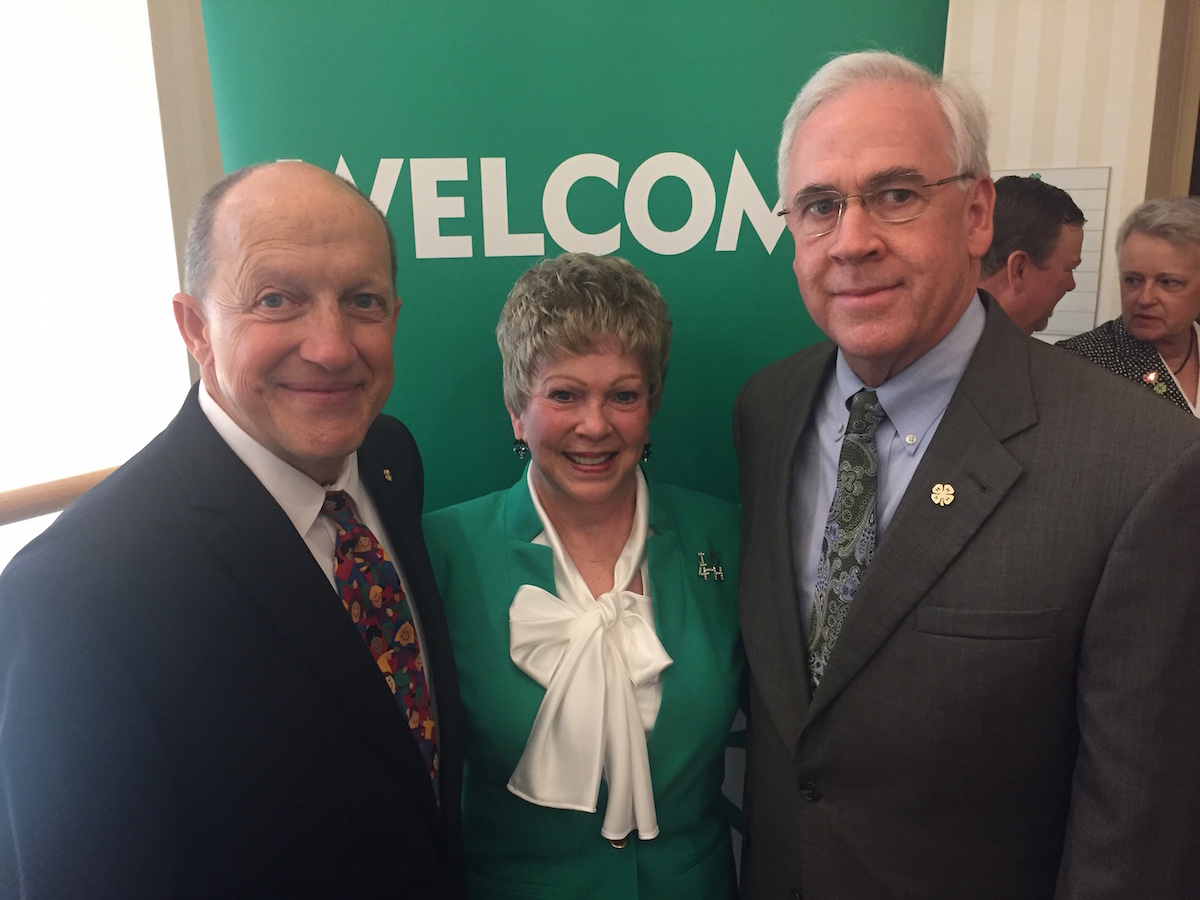For the majority of American children, it pays to be a kid.
More than half of American parents — 61 percent according to the Institute of Certified Public Accountants — give an allowance to their children. While the average yearly allowance was $65 a month, or $780 a year, only 1 percent of parents reported their kids saving money.
An allowance can be an important tool for teaching the basics of financial literacy. By learning the importance of saving from an early age, children can avoid money troubles in the future, said Nolan McClure, a graduate assistant in housing and consumer economics at the University of Georgia College of Family and Consumer Sciences.
“It’s never too late to learn…[but] I think the earlier, the better because you could avoid more difficult consequences,” McClure said.
The AICPA reported that 54 percent of children received an allowance before turning 8. Age, however, shouldn’t be the deciding factor in who gets allowance, McClure said.
“As soon as you ask for money, you’re given an allowance,” McClure said.
Parents can teach financial responsibility through allowance and help their kids develop the mindset of “my money.”
McClure and Michael Rupured, a financial management specialist with UGA Cooperative Extension, are developing an educational program that teaches parents how to prepare their children for future financial responsibility.
The main goal of the program, McClure said, is to produce financially literate children and young adults.
“We’d like to teach, one, the idea of spending money wisely and, two, financial management in general,” McClure said.
Their program advocates parents teaching financial lessons through instruction on how to spend and save allowance. When parents provide an allowance, they should explain how to handle the money, McClure said.
“Give instruction on how to manage the money,” he said. “Say ‘save 10 cents per dollar,’ or tell them what they need to pay for with it.”
Parents should assign responsibilities according to age and allowance amount and emphasize the importance of saving at every age.
For example, a child in elementary school could have the responsibility of buying his or her school lunch each week. If all of the allowance is spent before the school week is over, the child becomes responsible for making bag lunches at home.
This method, McClure said, provides a “teachable lesson,” with minor consequences, rather than a “hard lesson” with extreme financial consequences.
To gradually increase responsibility, McClure suggests parents increase allowance and financial obligations. A child in middle school could be responsible for their lunches and back-to-school shoes, for example.
“[More money] comes with age and discretion,” he said. “Some kids are going to be more mature at a younger age … But I wouldn’t say to give a third grader money and say ‘You have to buy your clothes and your shoes and your lunch with this.’”
As allowance increases, parents should encourage greater savings and explain the different means of savings. This way, children can move from their piggy bank to a savings account.
The lessons can continue in this way until the child becomes financially independent.
“College students who can manage money are those on the same system,” McClure said.
For more information on financial management, contact your local UGA Extension Office at 1-800-ASK-UGA1.






